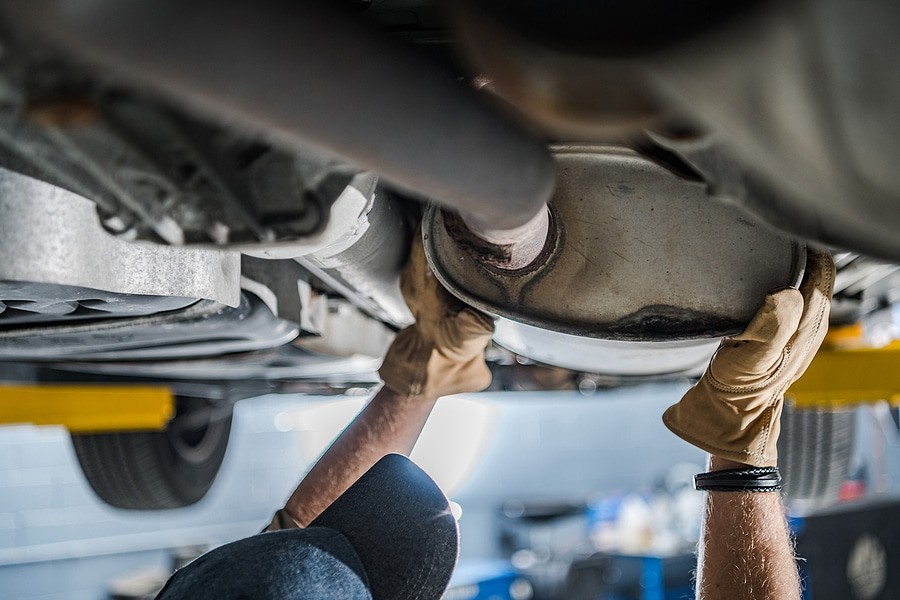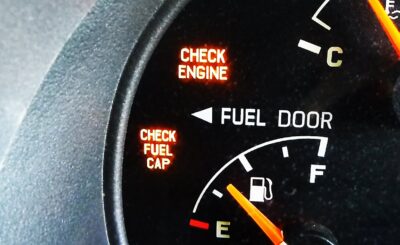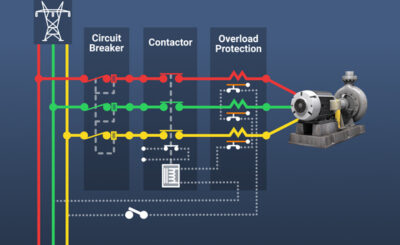The exhaust system is more than just a component designed to remove harmful gases from the engine; it plays a crucial role in engine diagnostics. Sensors, like the oxygen sensor and mass airflow sensor, rely on accurate readings from the exhaust system to communicate essential data to the vehicle’s ECU (Engine Control Unit). If the exhaust system is malfunctioning, these sensors may provide incorrect data, making it difficult for technicians to accurately diagnose engine issues. A bad exhaust system can result in poor fuel efficiency, rough idling, or increased emissions, all of which can be misdiagnosed without proper attention to the exhaust.
Oxygen Sensor Failures and Diagnostic Challenges
One of the most common issues related to a failing exhaust system is the malfunction of the oxygen sensor. The oxygen sensor monitors the air-to-fuel ratio by measuring the amount of oxygen in the exhaust gases. If there is a leak, clog, or other malfunction in the exhaust system, the oxygen sensor may send false signals to the ECU. This can lead to incorrect fuel adjustments, reduced performance, and even engine misfires. Technicians may struggle to determine the root cause of performance issues if they don’t recognize the exhaust system as the source of sensor inaccuracies.
Exhaust Leaks and Pressure Problems
Exhaust leaks or damaged components can significantly affect the pressure within the system. The engine’s performance depends on the proper balance of exhaust pressure, and when this balance is disrupted, it can lead to erroneous sensor readings. For example, a vacuum leak or exhaust leak can cause a drop in engine power and lead to false readings from the mass airflow sensor or fuel pressure sensor. These inaccuracies may lead technicians to focus on the wrong areas during diagnostics, wasting time and resources while the exhaust problem goes unnoticed. Choosing the Auto Repair in Englewood, CO based service is an important matter.
Catalytic Converter Issues and Emissions Tests
A malfunctioning catalytic converter can also interfere with the diagnostic process. The catalytic converter is essential for reducing harmful emissions, and any issues with it can affect the readings during emissions tests. If the converter is clogged or damaged, it may cause an increase in pollutants in the exhaust gases, which could trigger the “check engine” light or set off an emissions fault code. Since this can be mistaken for other engine problems, it’s important for technicians to verify the condition of the exhaust system before pursuing more costly engine repairs.
The Importance of Comprehensive Exhaust Inspections
To avoid misdiagnoses, technicians must include a thorough inspection of the exhaust system as part of their standard diagnostic process. This includes checking for leaks, sensor function, exhaust pressure, and the condition of key components like the catalytic converter and muffler. By ruling out exhaust issues early in the diagnostic process, mechanics can more effectively address engine performance problems and ensure that the root causes are correctly identified. Regular exhaust system maintenance can prevent such complications, ensuring smoother and more accurate diagnostics for the vehicle.








